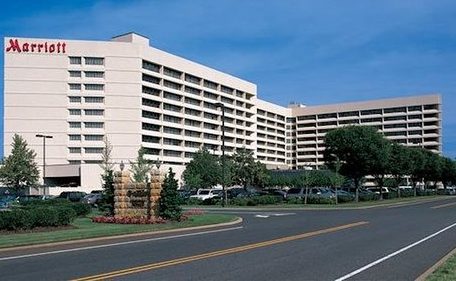It’s a busy road throughout the Village of Garden City, and at the village’s most recent board of trustees meeting, trustees looked closely at how to make Cathedral Avenue safer for pedestrians and motorists.
At the meeting, Frank Filiciotto from Creighton Manning Engineering, LLP, presented the results of a road diet traffic calming study for Cathedral Avenue. In recent years, the avenue has experienced speeding and a significant number of car accidents. Between 2017-19, 163 accidents were reported where 56 percent of those accidents resulted in some type of injury. Fortunately, there have been no fatalities. Community requests for traffic calming interventions prompted the opportunity to evaluate Cathedral Avenue. Creighton Manning Engineering, LLP began a study this past January to evaluate the feasibility of implementing a road diet along Cathedral Avenue from 7th Street to St. Paul’s Place.
“This traffic study is near and dear to my heart over the past months” Filiciotto said. “I’ve visited [Cathedral Avenue] multiple times and it’s something that I believe in, having seen some of the statistics on the roadway.”

The proposed road diet would transform Cathedral Avenue, which is Nassau County-owned, from a four-lane road without shoulders into a three-lane road with shoulders—one travel lane in each direction from St. Paul’s Place to 6th Street with a two-way left-turn lane. Shoulders could be paved, turned into dedicated bike lanes or created with curb extensions. Filiciotto added that Hilton Avenue currently has this type of road format.
“When you have a four-lane road with no turn lanes, you have upwards of eight conflict points at an intersection,” Filiciotto explained. “When you diet the road, you just reduce those conflict points by half. The opportunity for accidents, particularly accidents of severe nature are reduced. Additionally, overall crashes on the corridor are typically reduced with a road diet. There’s a significant reduction in speed in association with that.”
Back in 2013, Nassau County had adopted a Complete Streets policy, which essentially requires all transportation approvals to include all road users—not just cars. In 2017, Filiciotto was a part of a preliminary traffic safety evaluation that was performed on behalf of some concerned neighbors in the village. During that period, in 2018 there was a traffic signal installed on the corner of Cathedral Avenue and Third Street. In 2020 right before COVID-19 struck, Creighton Manning Engineering, LLP met with the county’s DPW to talk about the scope of the project that would be needed to look at a road diet on Cathedral.
“Cathedral and Third has gotten better with the installation of the traffic signal, but this 2019 data from [the] 2017-19 [study] does show a preponderance of accidents right in the center of the corridor,” Filiciotto said in regards to accidents.
According to Filiciotto, the posted speed limit for Cathedral Avenue is 30 miles-per-hour. Most motorists, both pre-pandemic and during the pandemic, on average were going 15 miles-per-hour over the speed limit. It was also revealed at the meeting that Nassau County approved a traffic signal for Fourth Street and Cathedral Avenue, which according to Filiciotto, should be installed over the next 10 years.
Following feedback provided by residents, board members and Police Commissioner Kenneth Jackson, Creighton Manning will finalize the report and conceptual plan so that it can be adopted by the board of trustees, if desired, and then submitted to Nassau County for review and approval. To view the PowerPoint presentation and read the draft report that was presented at the board meeting, visit the www.gardencityny.net.


































